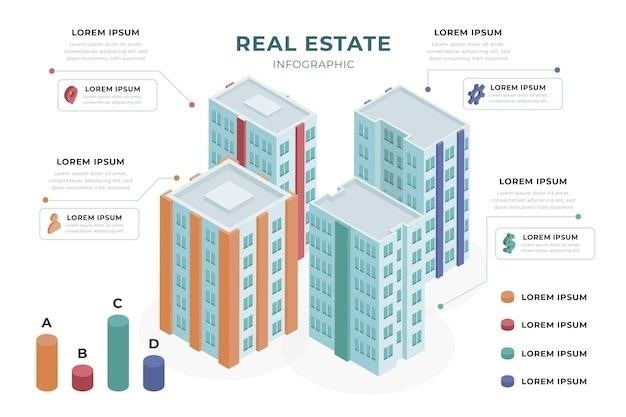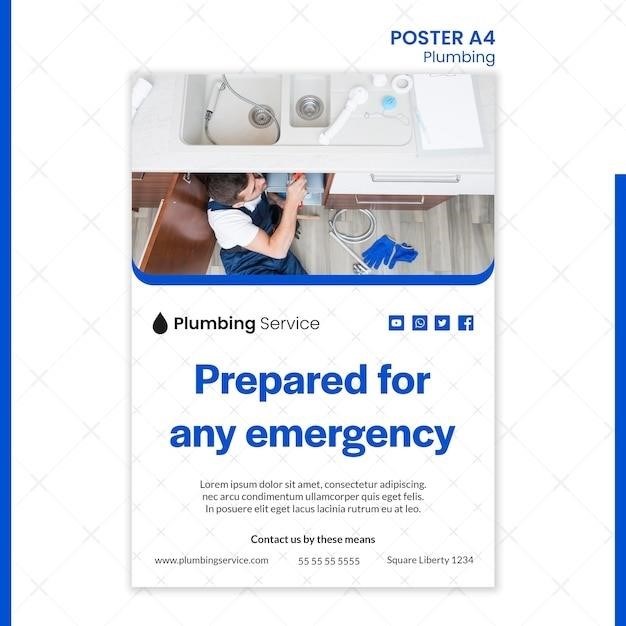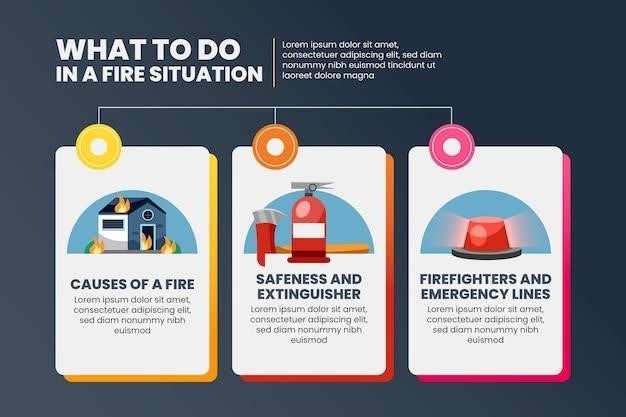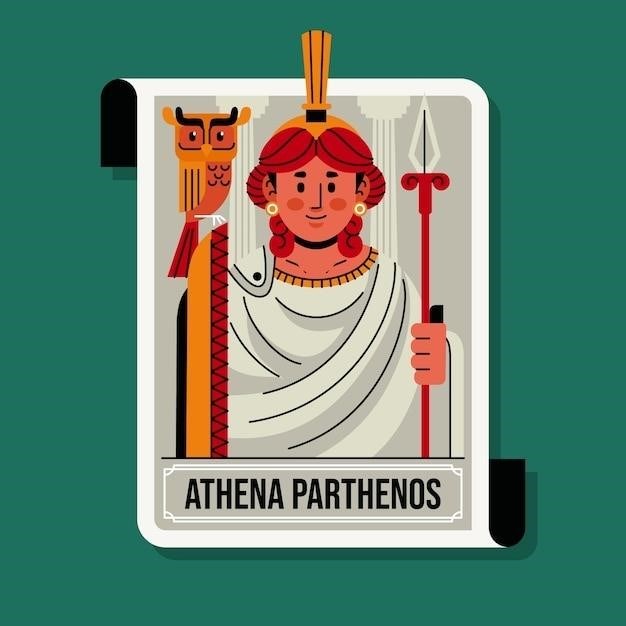Finding 4-Unit Apartment Building Plans
Discovering suitable 4-unit apartment building plans can be achieved through various online resources offering downloadable PDF plans. Websites specializing in architectural designs showcase diverse styles, from modern to traditional, catering to different preferences and budgets. Remember to carefully review each plan’s specifications before making a decision.
Online Resources for PDF Plans
Numerous online platforms provide access to downloadable PDF plans for 4-unit apartment buildings. Websites like Family Home Plans and Drummond House Plans offer a selection of pre-designed plans, often showcasing various architectural styles and unit configurations. These resources frequently include detailed floor plans, specifications, and sometimes even 3D renderings to help visualize the final product. Searching online using keywords such as “4-unit apartment building plans PDF,” “quadplex plans,” or “multi-family dwelling plans” will yield a plethora of results from different design firms and individual creators. Be sure to carefully vet any websites before downloading plans to ensure their legitimacy and quality. Remember to check for reviews or testimonials to gauge the reliability of the source and the accuracy of the provided plans. Always verify that the plans adhere to local building codes and zoning regulations before commencing any construction project.
Architectural Design Styles
The architectural style of your 4-unit apartment building significantly impacts its aesthetic appeal and market value. Options range from classic styles like Victorian or Craftsman, characterized by ornate detailing and traditional layouts, to contemporary designs emphasizing clean lines, open spaces, and modern materials. Modern styles often incorporate sustainable features and energy-efficient designs. Rustic styles, evoking a sense of warmth and natural charm, might feature exposed beams, stone accents, and large windows. Mediterranean styles, popular in warmer climates, often incorporate stucco exteriors, arched doorways, and terracotta roof tiles. The choice depends on your personal preferences, the local environment, and the target demographic for your rental units. Consider the surrounding architecture to ensure a cohesive and harmonious design within the neighborhood. Exploring online plan libraries or consulting with an architect can help you find plans that match your desired style and budget.
Cost Considerations and Budget Planning
Developing a realistic budget is crucial before embarking on a 4-unit apartment building project. Costs encompass land acquisition, architectural and engineering fees, construction materials (including potential cost savings from sustainable options), labor, permits, and inspections. Contingency funds are essential to cover unforeseen expenses. Explore financing options like construction loans or mortgages, comparing interest rates and terms from different lenders. Analyze potential rental income to project the return on investment (ROI) and determine affordability. Detailed cost breakdowns, factoring in material prices and labor rates specific to your location, are necessary. Compare prices from multiple contractors and suppliers to optimize expenses. Remember that variations in design complexity and finishes directly influence the overall project cost. A thorough cost analysis ensures financial feasibility and minimizes the risk of budget overruns.

Key Features of 4-Unit Apartment Plans
Successful 4-unit apartment plans often incorporate features like varied unit sizes and layouts, a range of bedroom and bathroom configurations, and parking provisions, all tailored to meet diverse renter needs and local regulations.
Unit Size and Layout Variations
The diversity in unit size and layout is a crucial aspect of successful 4-unit apartment building plans. Consider the market demand for different living spaces; some renters may prefer smaller, more affordable units, while others might desire larger, more luxurious apartments. Offering a variety of unit sizes caters to a wider range of potential tenants, maximizing occupancy rates. Layout variations are equally important. Think about including different configurations, such as open-concept floor plans for a modern feel or more traditional layouts with separate rooms for a classic aesthetic. Consider the inclusion of features like balconies or patios, which can significantly enhance the desirability of individual units. A well-designed plan balances variety with efficiency, ensuring each unit is functional and appealing.
Number of Bedrooms and Bathrooms
The number of bedrooms and bathrooms in each unit significantly impacts the overall appeal and marketability of your 4-unit apartment building. A common approach is to offer a mix of unit configurations to attract a wider range of tenants. For example, you could include a combination of one-bedroom, one-bathroom units, two-bedroom, two-bathroom units, and perhaps even a larger three-bedroom unit. The specific number will depend on local market conditions and your target demographic. Consider that larger units with multiple bathrooms are often preferred by families or roommates, commanding potentially higher rental rates. Smaller units with a single bathroom are generally more suitable for single individuals or couples, providing a more affordable housing option. Careful consideration of this balance will optimize occupancy and profitability.
Inclusion of Garages or Parking
Providing adequate parking is crucial for the success of a 4-unit apartment building. The inclusion of garages, either attached or detached, is a highly desirable feature that can significantly increase rental rates. However, the feasibility of including garages depends on the available land space and the overall project budget. If space is limited, consider alternative solutions such as designated parking spots in a shared lot. The number of parking spaces should be carefully planned based on local regulations and the anticipated occupancy of the units. Always consider the needs of your target tenants; families, for instance, generally require more parking space than single occupants. Remember that sufficient parking not only enhances tenant satisfaction but also contributes to a more secure and convenient living environment, improving your property’s overall value and attractiveness to potential renters.
Legal and Regulatory Compliance
Before starting construction, ensure your 4-unit apartment building plans adhere to all local building codes, zoning regulations, and accessibility requirements. Securing necessary permits is essential for a legal and compliant project.
Building Codes and Zoning Regulations
Navigating the complexities of building codes and zoning regulations is crucial for any 4-unit apartment building project. These regulations vary significantly by location, encompassing aspects such as building height restrictions, setbacks from property lines, parking requirements, and fire safety standards. Thorough research into your specific municipality’s ordinances is essential before finalizing your plans. Ignoring these regulations can lead to costly delays, project modifications, or even complete project shutdowns. It’s highly recommended to consult with a qualified architect or contractor experienced in multi-family construction in your area. They can help ensure your plans meet all applicable codes and regulations, saving you time and potential legal issues down the line. Proactive engagement with local authorities and obtaining the necessary approvals early in the planning phase is strongly advised. This proactive approach will streamline the development process and ensure a smooth transition from design to construction.
Permitting and Approvals Process
Securing the necessary permits and approvals for a 4-unit apartment building project involves a multi-step process that demands meticulous attention to detail. This process typically begins with submitting a comprehensive application to your local building department, including detailed architectural plans, engineering specifications, and other supporting documentation. The review process can take several weeks or even months, depending on the complexity of the project and the workload of the reviewing authorities. During this review period, you may be required to address any concerns or deficiencies identified by the reviewers. Once all requirements are met, the necessary permits will be issued, allowing you to commence construction. Throughout the construction phase, regular inspections are usually conducted to ensure compliance with building codes and approved plans. Failing to adhere to the permitting and approval process can result in significant delays, fines, and even the halting of your project. Therefore, proactive communication with the building department and diligent adherence to their requirements are crucial for a successful outcome.
Accessibility Requirements
Designing a 4-unit apartment building necessitates strict adherence to accessibility standards to ensure inclusivity for people with disabilities. These requirements, often mandated by the Americans with Disabilities Act (ADA) or similar regulations, cover various aspects of the building’s design and construction. Key considerations include providing ramps or elevators for easy vertical access between floors, ensuring sufficient space for wheelchair maneuvering in hallways and common areas, and installing accessible bathroom fixtures such as grab bars and roll-in showers. Doorways must meet minimum width requirements, and clear floor space must be provided around fixtures to allow for wheelchair usage. Signage must be clear and legible, and emergency notification systems should be accessible to individuals with hearing impairments. Ignoring these accessibility requirements can lead to legal issues and significant financial penalties. Consult with accessibility experts and review relevant building codes to guarantee your plans fully comply with all applicable regulations, fostering an inclusive and welcoming living environment for all residents.

Construction and Material Choices
Selecting sustainable building materials and cost-effective construction techniques are crucial. Consider the longevity and environmental impact of your choices. Efficient building practices minimize waste and enhance the final product.
Sustainable Building Materials
Incorporating sustainable building materials into your 4-unit apartment building plan is crucial for environmental responsibility and long-term cost savings. Consider using reclaimed wood for flooring or structural elements, reducing the demand for newly harvested timber. Bamboo, a rapidly renewable resource, offers a strong and versatile alternative to traditional lumber for framing or decking. Recycled steel and aluminum can be used in various applications, minimizing the environmental impact of construction. Insulation made from recycled denim or cellulose offers excellent thermal performance while diverting waste from landfills. Explore locally sourced materials to reduce transportation costs and emissions. The use of low-VOC (volatile organic compound) paints and finishes improves indoor air quality for residents. Remember to investigate the embodied carbon of your chosen materials, understanding their entire lifecycle impact. Prioritize materials with high recycled content and those that can be easily recycled at the end of the building’s life. This thoughtful approach contributes to a greener building and reduces your carbon footprint.
Construction Techniques and Methods
Selecting appropriate construction techniques and methods for your four-unit apartment building is paramount for efficiency, durability, and cost-effectiveness. Prefabrication offers a faster construction timeline, with modules built off-site and assembled on location, minimizing on-site labor and weather delays. Consider employing modular construction methods, where individual units are prefabricated and then assembled on the site. This approach streamlines the building process and potentially reduces overall costs. For enhanced energy efficiency, explore advanced framing techniques, such as using engineered lumber or maximizing wall insulation. Implementing efficient plumbing and electrical systems reduces material waste and improves energy performance. Proper site preparation and foundation work are essential for a stable and long-lasting structure. Thorough quality control throughout each stage of construction is vital to ensure the building meets design specifications and complies with building codes. Consider the use of pre-engineered components where appropriate to standardize construction and potentially reduce costs. Meticulous planning and execution of these techniques will result in a high-quality, efficient building process.
Cost-Effective Building Practices
Implementing cost-effective building practices is crucial when constructing a four-unit apartment building. Careful planning and design optimization can significantly reduce expenses without compromising quality. Utilizing readily available and locally sourced building materials minimizes transportation costs and environmental impact. Exploring value engineering techniques can identify areas where cost savings can be achieved without affecting the building’s functionality or structural integrity. Efficient waste management during construction minimizes disposal costs and promotes sustainability. Streamlining the procurement process and establishing clear contracts with subcontractors ensures timely delivery and cost control. Employing skilled and experienced labor reduces rework and delays, contributing to overall cost savings. Regular monitoring of expenses and adherence to the budget throughout the construction process prevents cost overruns. By carefully considering material selection, construction techniques, and project management strategies, developers can achieve significant cost savings without sacrificing the quality and longevity of their four-unit apartment building. Prioritizing energy-efficient designs and materials can also lead to long-term cost savings through reduced utility expenses.



























